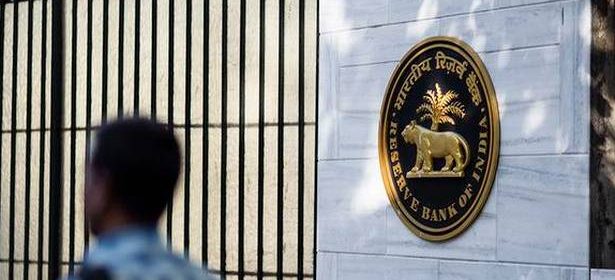Is RBI planning a digital currency for India?

How will the transition to a new monetary system hold up and what are the risks?
The story so far: The Reserve Bank of India (RBI) recently said it will begin testing its own digital currency. In a speech, RBI Deputy Governor T. Rabi Sankar delved deep into the reasons for introducing a digital rupee and the possible risks. Several economies, including the U.S., the European Union and China, have been working to issue their own Central Bank Digital Currency (CBDC). The Bahamas launched the world’s first CBDC last year.
What is a Central Bank Digital Currency?
A CBDC is no different from the cash that we hold in our wallets, except that it exists in a digital form in a digital wallet supervised by the central bank. Economically, the digital rupee is similar to rupee coins and notes. It is simply a form of fiat currency that is backed by the central bank and does not possess any intrinsic value. In fact, it is similar to private digital currencies in the sense that people accept these currencies merely because they believe that others will also accept them.
It should be noted that the RBI’s digital rupee will not directly replace demand deposits held in banks. Physical cash will continue to be used by banks and people wishing to withdraw cash from banks can still do so. But they can also opt to convert their bank deposits into the new digital rupee.
Why are central banks issuing digital currencies?
Central banks claim that there is increasing demand for digital currencies. CBDCs are promised as sovereign-backed alternatives to private currencies, which are unregulated. Critics, however, note that the demand for private currencies comes mainly from people who have lost faith in fiat currencies. They say central banks have been creating too much money, forcing many to switch to private currencies whose supply is limited by design.
Central banks also believe that the cost of issuing electronic CBDCs is far lower than the cost of printing and distributing cash. Another likely reason for the introduction of CBDCs is that they can be easily tracked by authorities.
What are the risks in adopting CBDCs?
Central bankers fear that people may begin withdrawing money from their bank accounts as CBDCs become more popular. Many depositors currently use bank accounts to safely store their money. When CBDCs can serve the same purpose, people could move money out of banks. What could check this is the interest offered by banks.
The withdrawal of bank deposits can also affect the amount of loans created by banks. However, this could happen not simply because banks will have fewer cash deposits to lend to borrowers. Contrary to popular belief, banks do not loan out actual cash deposits. Instead, they use cash deposits as a base on which they create a pyramid of electronic loans far in excess of the cash deposits. So, banks hold lesser cash in their vaults than what their depositors and borrowers could demand from them. The real reason banks will be able to create fewer loans is that when customers convert their bank money into CBDCs, banks will be forced to surrender at least some cash and will thus possess an even smaller cash base on which to create loans. Also, when bank customers convert their deposits into CBDCs, the RBI will have to take these liabilities onto its own balance sheet.
What lies ahead?
Central banks may cap the amount of money that an individual can hold in the form of CBDCs and also impose negative penalties to prevent the mass withdrawal of deposits from banks.
Central banks may also have to inject money into banks so that their ability to create loans is not compromised. As noted earlier, banks’ cash reserves determine the amount of loans they can create. Interestingly, CBDCs could eventually take over the role that cash reserves play in the current banking system as more and more physical cash gets converted into CBDCs and are deposited in banks. In that case, both CBDCs and electronic loans created would simply be digital forms of the same currency. This could eliminate the risk of bank runs as banks will then no longer have to satisfy the cash demands of customers. But it can also lead to rampant money creation by banks.
Source: Read Full Article
